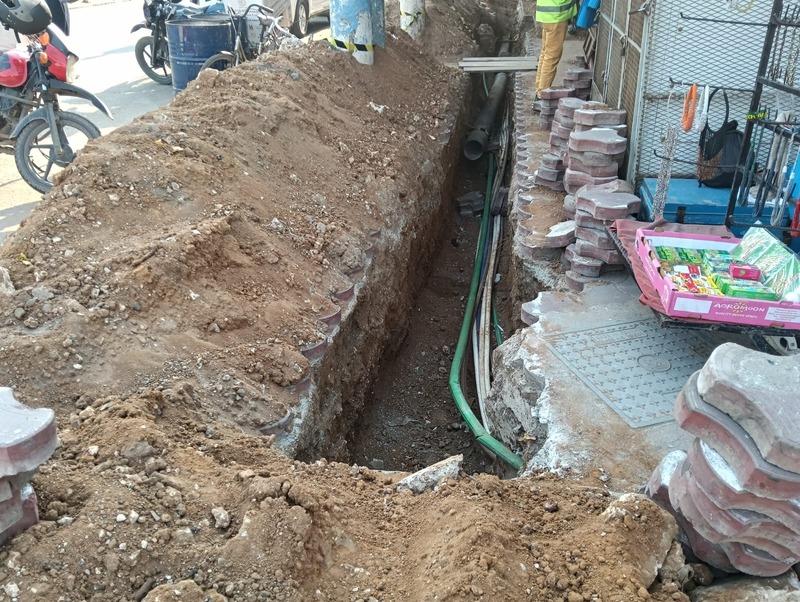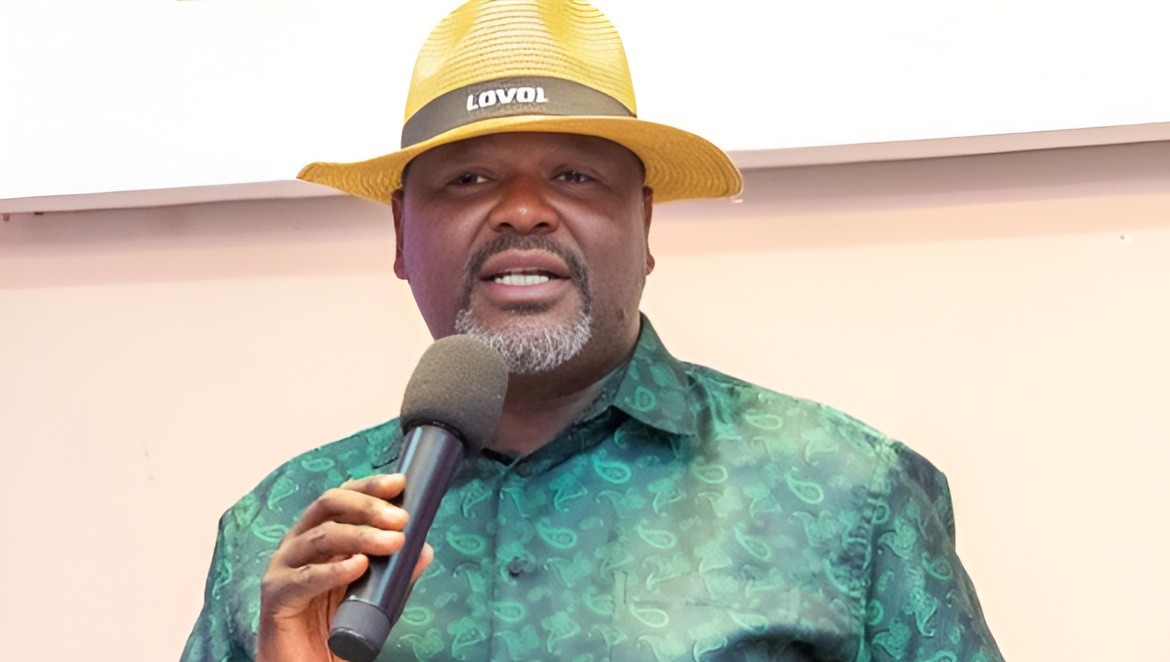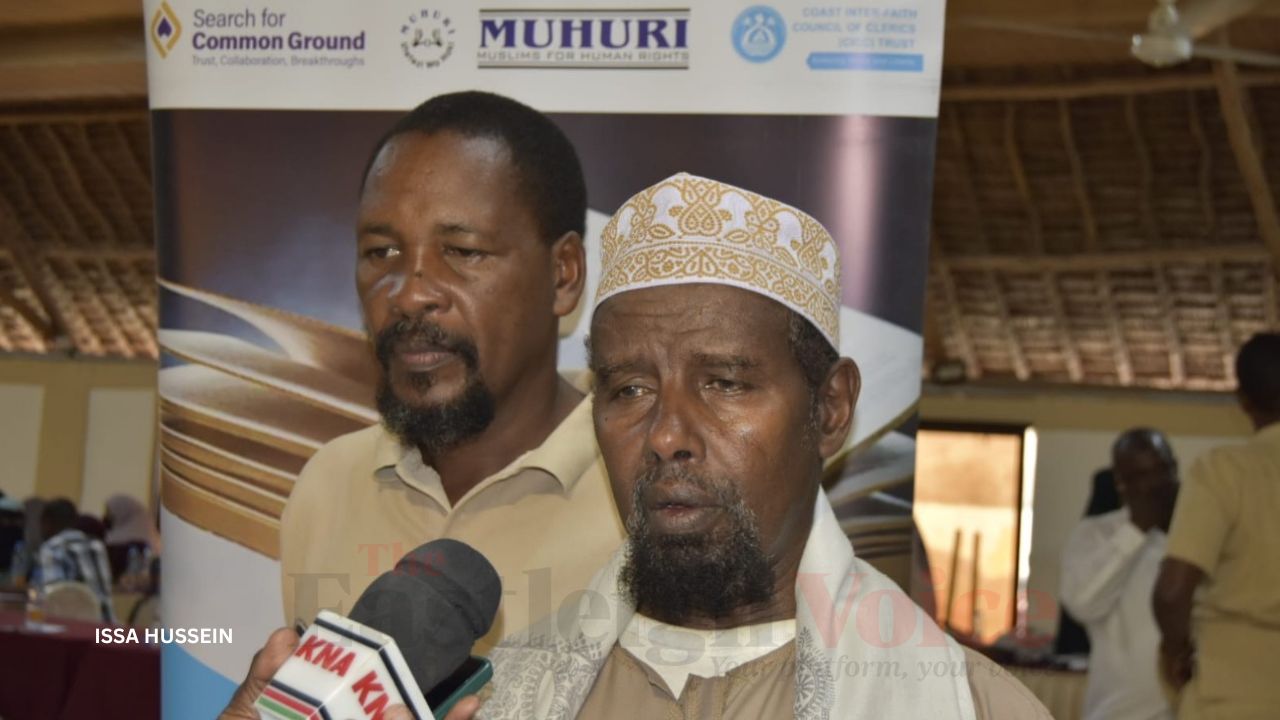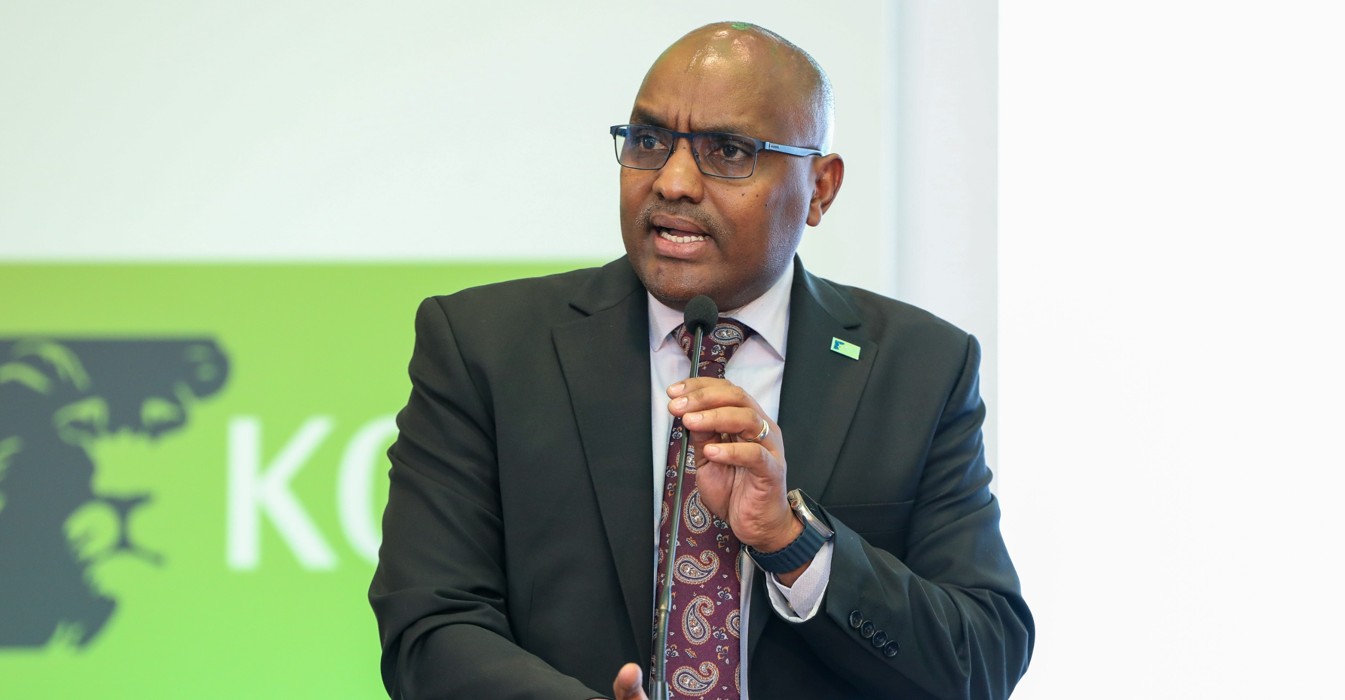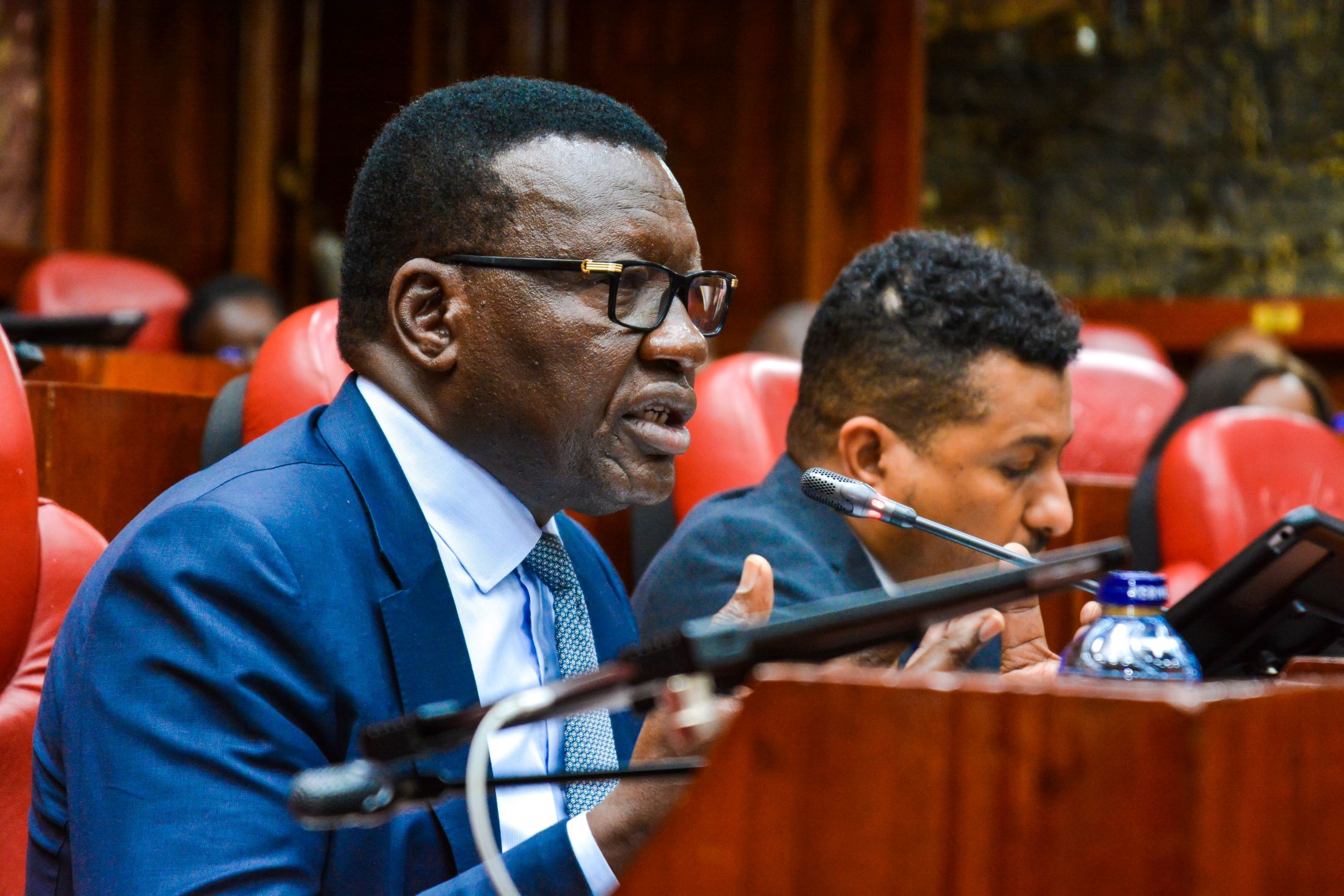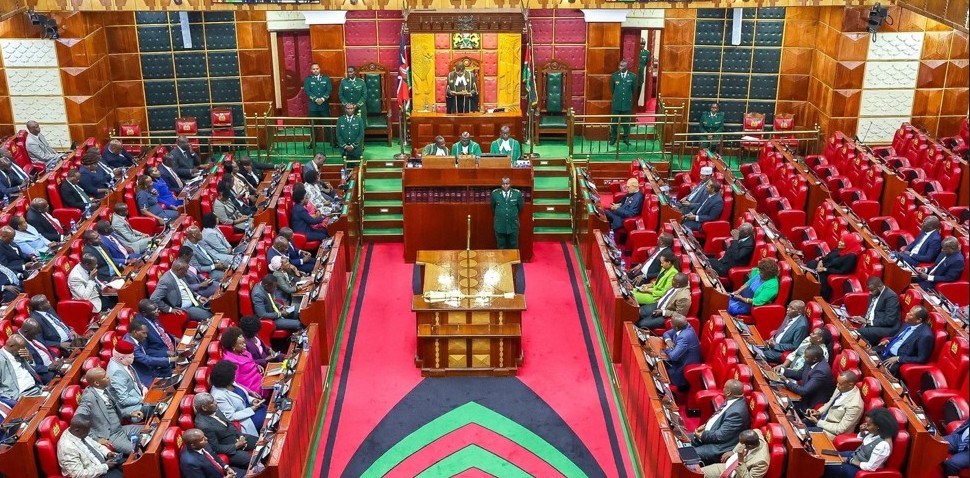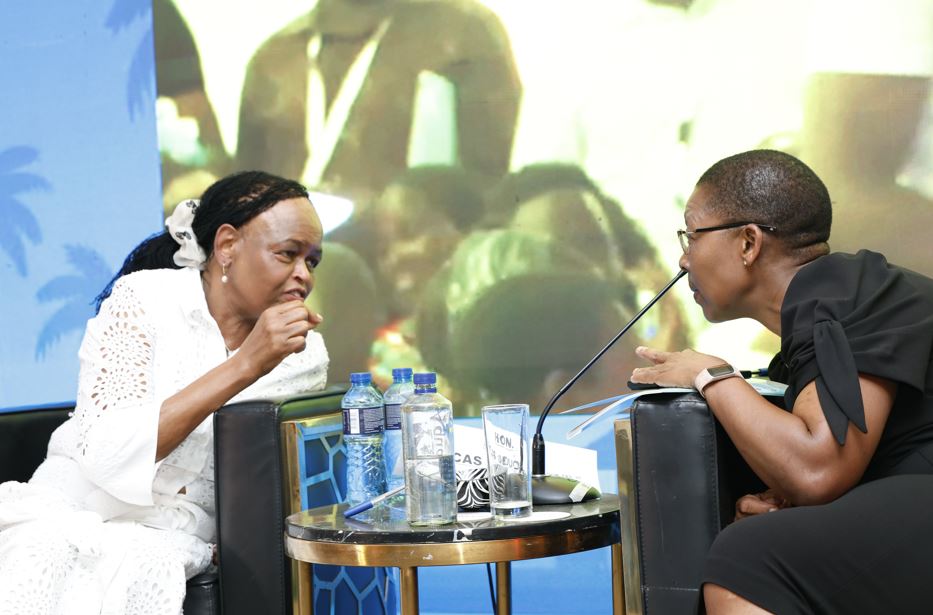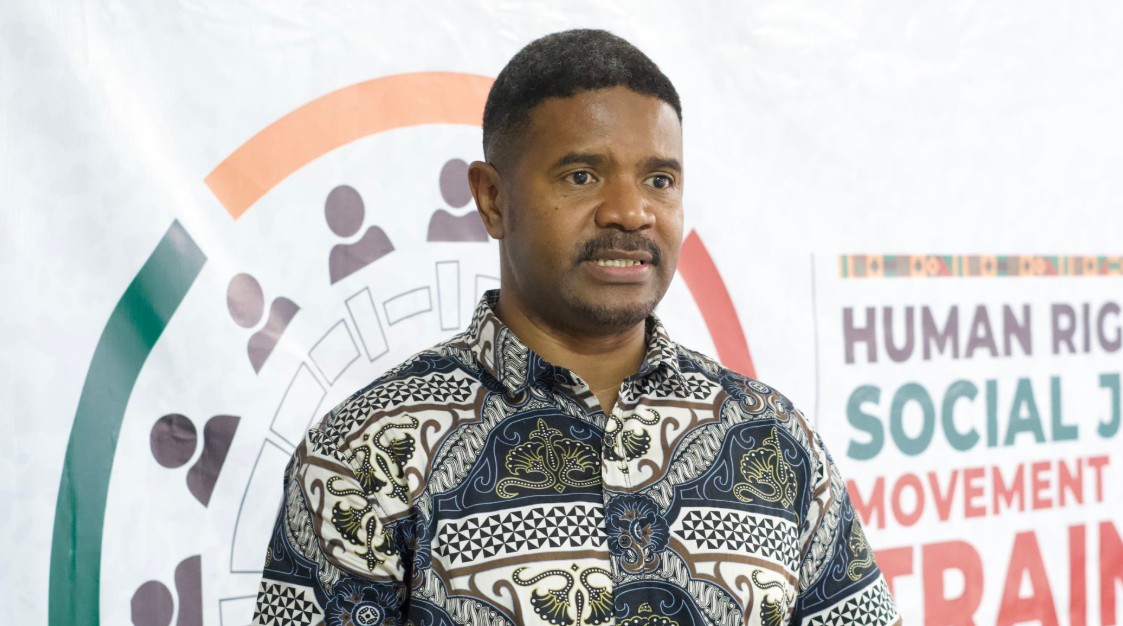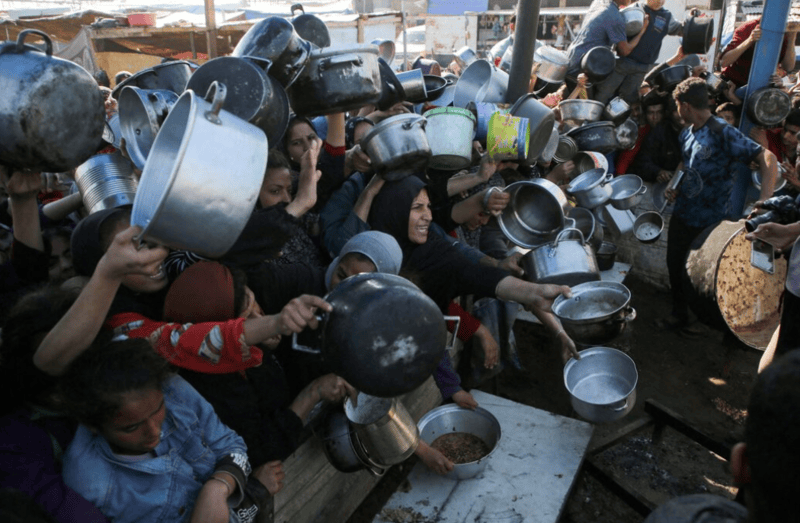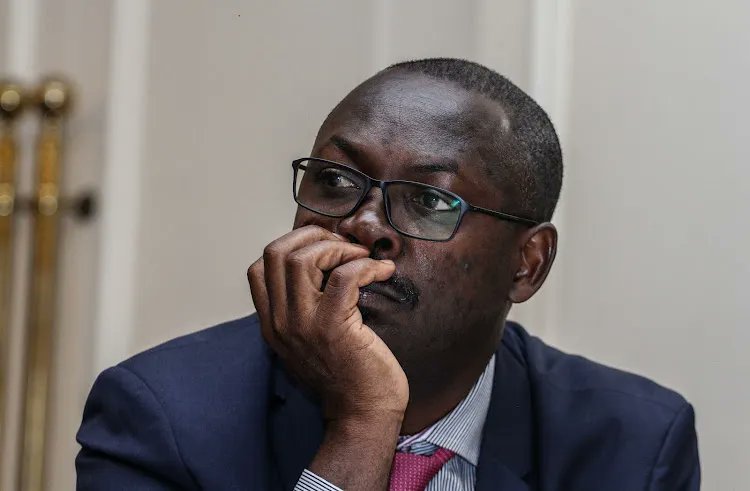Kenya’s primary healthcare crisis: Patients struggle despite ‘free’ treatment, SHA registration
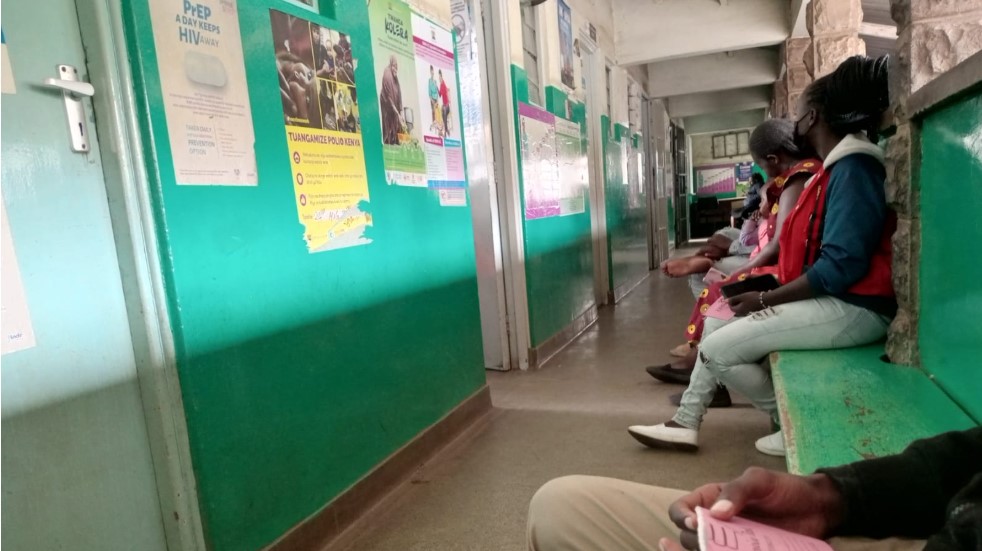
A spot check by The Eastleigh Voice revealed widespread confusion over whether “free” primary healthcare truly includes diagnostic tests and essential medicines or just consultations.
The widening gap between healthcare policy and reality has left many communities struggling to access meaningful care. In primary healthcare facilities, the promise of “free treatment” has, over the years, been reduced largely to consultations.
For nearly three decades, Rhoda Nabwire has lived in Majengo, relying on the nearby government dispensary for her family’s health needs. It wasn’t perfect, but it served the community well enough.
More To Read
- High Court quashes Aden Duale's NHIF pending bills verification committee
- Senate faults SHA over delayed Sh8 billion payment to families of deceased civil servants
- Over 23 million Kenyans registered for SHA, but more than 17 million aren’t contributing to the fund
- Private hospitals blame flawed SHA model as 40 facilities face suspension
- Three file petition seeking to overturn Kemsa CEO’s appointment
- Uproar as CS Duale clashes with reporter over SHA claims
People could access consultations, basic medicines, and services such as deworming and childhood immunisations. Over time, however, that fragile support system has eroded.
Nabwire recalls when the dispensary at least provided basic medication—painkillers like paracetamol, antibiotics like Flagyl, quinine, and routine treatments for children. Today, visiting the same facility often means leaving with nothing but a prescription and a sense of helplessness.
“What is treatment without medicine or an injection?” she asks bitterly. “It’s meaningless. If you can’t afford to buy what’s on the prescription, you’re just left with painkillers, and even those aren’t always available. You just hope your body heals itself.”
While consultations at the dispensary remain free for those registered in the system, the real challenge lies in accessing lab tests and medicines. These remain largely outside the scope of the “free treatment” promise and have become even harder to obtain since the introduction of the Social Health Authority (SHA).
Earlier this month, Nabwire took her two grandchildren, aged five and six, to the dispensary. She hoped to have them checked and treated as she had done with her own children years ago.
Turned away
But this time, they were turned away for not being registered under SHA—a requirement recently made mandatory. To register them, she would need their birth certificates, which she does not have. As their guardian, she found herself helpless.
“In the past, it didn’t matter whether the children had SHA or not. They still got basic care—at least something like painkillers or paracetamol for children, and deworming tablets. Now, without registration, they were simply denied treatment. It’s painful, especially when you’re doing everything you can to raise children who aren’t even your own.”
A few kilometres away in Highrise, Kamukunji, Zuhura Mohammed, a young mother of a two-year-old, faces similar struggles. She has fully complied with the SHA system, paying the required annual premium of Sh6,000. Yet accessing medication at the local dispensary remains difficult, and sometimes impossible.
“When the medication is available, it’s usually just paracetamol or something equally basic,” she explains. “But when you really need proper treatment—antibiotics, specialised drugs—they never have them. You’re told to go buy them from a pharmacy.”
Rarely stocked
Zuhura has received prescription lists on multiple occasions—not for her child, but for herself. Adult medication is rarely stocked, and even painkillers—once a given—are often unavailable.
“It’s frustrating,” she says. “You’ve paid your premium, but you still have to dig into your pocket for every single treatment. It’s not supposed to be this way.”
She acknowledges that SHA has improved access to some services. Mothers can now attend baby clinics, routine check-ups, and immunisations without being turned away.
But for the unregistered, these services remain inaccessible. For adults, access is restricted. Family planning, for example, is no longer free unless one is registered—and even then, registration only guarantees a consultation; prescribed medication still must be purchased.
The situation is echoed by John Ngatia, another Nairobi resident, who has observed how overstretched Level 3 and 4 facilities have become.
Long wait
Patients often wait for hours in long lines, sometimes to see a single consultant handling the day’s entire workload. Many still leave empty-handed.
“In the past, you’d pay maybe 100 or 200 shillings for consultation, and at least you got some medicine,” John notes. “Now, if you have SHA, the doctor will see you for free—but there’s no guarantee you’ll be given anything after that. You just get a prescription and are told to buy everything.”
John appeals to the government to fulfil its longstanding promise: ensuring primary healthcare facilities are adequately stocked with essential medicines so patients receive treatment—a commitment that has consistently gone unmet.
While SHA was introduced to make healthcare more accessible and equitable, it is failing many, especially the most vulnerable.
The poor, the undocumented, and informal guardians like Rhoda are being left behind. Children are turned away for lack of paperwork. Adults are told to buy medicines they cannot afford. Even families who have paid into the system are burdened with prescription costs.
First point of contact
Primary healthcare is designed as the first point of contact within the health system. It should diagnose, treat, and care for people with health problems, while promoting good health, preventing illness, providing early interventions, and managing long-term conditions.
In essence, PHC is meant to be the frontline of a functional, equitable healthcare system—especially for underserved communities.
But when essential medicines are unavailable or unaffordable, the core promise of primary healthcare collapses.
President William Ruto has warned public health facilities against charging Kenyans for outpatient services, stressing that care at dispensaries, health centres, and Level 4 hospitals is fully funded and must be offered free.
Widespread confusion
A spot check by The Eastleigh Voice revealed widespread public confusion over what “free” actually means in primary healthcare. Many people wonder whether the government’s promise includes diagnostic tests and essential medications or only covers consultations.
For many, “free” has historically meant receiving a long prescription with little to no medication or only the bare minimum, like paracetamol. As the government rolls out Universal Health Coverage (UHC), the public asks: what guarantees exist that free care includes the full package—tests, treatment, and medication?
Speaking at State House during a meeting with Tharaka Nithi leaders, Ruto emphasised the government’s commitment to UHC, backed by a Sh21 billion allocation—Sh13 billion for primary healthcare and Sh8 billion for emergency services.
“I am sending a warning to facilities in counties that still charge citizens… They will have themselves to blame because we are going after them,” Ruto said.
“Every Kenyan going to a dispensary, health centre, or Level 4 hospital for outpatient services will receive services without paying anything because the government has already taken care of it.”
Medicine shortage
In 2024, Kenya faced a major medicine shortage affecting at least 27 counties. The Kenya Medical Supplies Authority (KEMSA) suspended deliveries after county governments failed to pay a collective debt of KSh 2.88 billion.
Hospitals nationwide experienced severe shortages of life-saving medicines—including painkillers, antibiotics, antidepressants, anti-cancer and anti-diabetic drugs, and anaesthetics for surgery.
Counties such as Nairobi, Mombasa, Homa Bay, Kakamega, Nyamira, Trans Nzoia, Nakuru, Busia, Kisumu, and Garissa were among the worst affected. Primary healthcare centres, already under strain, struggled to operate.
Patients were turned away or forced to buy expensive medications privately. The crisis exposed systemic weaknesses: poor financial planning, delayed health fund disbursement, and inefficient county supply chain management. Stockouts have since become a recurring problem.
By April 2025, KEMSA’s ability to fulfil county medicine orders had dropped to just 43 per cent. A requested bailout of Sh5 billion from the National Treasury yielded only KSh 1.5 billion by mid-year, insufficient to meet national demand.
Following the President’s directive, KEMSA launched a 100-day Rapid Results Initiative (RRI) in July 2025 to address low order fulfilment. At the time, the order fill rate stood at 57 per cent.
The initiative aims to increase the rate to 78 per cent by September 2025, serving as a crucial step toward the government’s ultimate goal of 100 per cent medicine availability across all counties.
Top Stories Today
